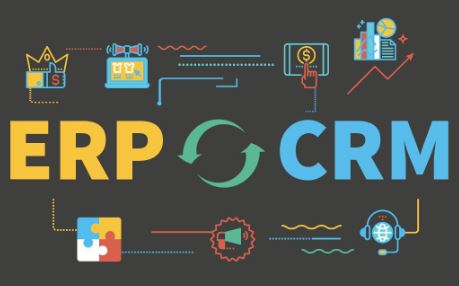5 Steps To Implementing PIM For ECommerce Growth
Competitive e-commerce requires businesses to continuously build on their products, simplify their practices, and address business growth in every respect. Anything most online retailers easily overlook would be the advent of a powerful PIM system. PIM refers to collecting accurate and consistent product data, managing, and publishing on several sales channels to improve customer relationship experience and ensure business success.
With the growth of e-commerce, for instance, an efficient PIM solution has become seriously necessary. With the product catalog constantly changing, this can become quite an overwhelming burden within a short period. An adequately designed PIM system makes all the difference, enabling your business to effectively organize, enrich, and distribute your product data, ensuring better online visibility, increased sales, and much better customer satisfaction.
The following article discusses the five steps retailers must take to implement PIM and drive growth in e-commerce.
Step 1: Assess Your Current Product Data Management Processes
Successful implementation of the PIM system requires auditing current processes concerning product data management. From here, pain points, gaps, and areas that require improvement in context will be detected, hence laying a very strong foundation for a more effective implementation of the PIM ecommerce system.
Also, source information regarding current sources, data quality, workflows, governance, and integration capabilities. This will clarify the landscape of product data management and what needs to be optimized, thus formulating the basics of a successful PIM implementation.
Step 2: Define Your PIM System Requirements
Having fully understood your current product data management process, the next step is to define exactly what you require of the PIM system. This step is critical because it helps ensure that the PIM solution you will implement fits well with your business needs and objectives.
Furthermore, it involves data management, workflows, data governance, integrations, scalability and flexibility, user experience, and reporting/analysis. Examples of potential requirements of your PIM include a multilingual, multi-catalog product handling system that allows multiple currencies. It should also allow quality and consistency checks on the data and permit smooth integrations with your e-commerce platform, ERP, and other core business systems.
Besides that, one should remember their business’s long-term growth and extension. The PIM system should grow with your products, new channels you’ll open, and customer requirements changing every season. User experience is another important aspect: your PIM system should provide an intuitive and efficient interface that enables your marketing, merchandising, and content people to feel at ease when managing product information.
Step 3: Select and Implement the Appropriate PIM System
Now that your requirements are in place, this is an excellent time to research and select the most appropriate PIM solution for your organization’s needs. Choose the functionality that would best answer your scalability and usability needs, the availability of integrations, the security of data, the reputation of the vendor, and, lastly, the total cost of ownership. Consider how the PIM system will manage complex product data, how many channels and languages it will support, and whether or not it will provide extensive reporting and analytics.
Once you have chosen an appropriate PIM solution that will fit your needs, it will be time to initiate the implementation process. This may include anything from data migration and system integrations to user training and creating data governance policies and workflows. Only proper implementation can guarantee the success of your PIM system.
Step 4: Enrich and Optimize Your Product Data
When the PIM system is up and running, your focus should shift toward product data enrichment and optimization. This process improves the quality, completeness, and consistency of one’s product information to further improve the customer experience and drive e-commerce growth.
Moreover, these include data standardization, enrichment of data, multilingual and localization, taxonomy and categorization, syndication and distribution, and analytics optimization of data. With data enrichment and optimization, you will create a more engaging, consistent customer experience that leads to higher engagement, better conversion rates, and continuous e-commerce growth.
Step 5: Continuously Monitor and Optimize Your PIM System
Remember, implementing a PIM system is not a one-time event; it is an ongoing COC process. Every few months, detect areas for improvement in your PIM system, point them out, and make adjustments that assure its long-lasting ability to perform.
Furthermore, key activities to continually monitor and optimize your PIM system include performance tracking, giving and receiving feedback and collaborating, process optimization, data governance, system integrations, training and driving user adoption and keeping up to date with technology upgrades. Monitoring and optimizing continuously makes your product data accurate, consistent, and perpetually optimized for e-commerce success.
Final Thoughts
In this fast-evolving e-commerce space, where competition gets out of control, implementing a PIM system has now become an advantage through strategy. These five steps, if followed, would help companies unlock the full potential built into product information to drive e-commerce growth sustainably.
PIM isn’t just a technological fix; it is a strategic way of managing and capitalizing on product information to improve customer experiences, increase operational efficiencies, and drive revenue and profitability. Through the power of PIM, e-commerce companies can outpace the competition curve and flexibly meet the changing market requirements while ensuring leading positions in their niches.







